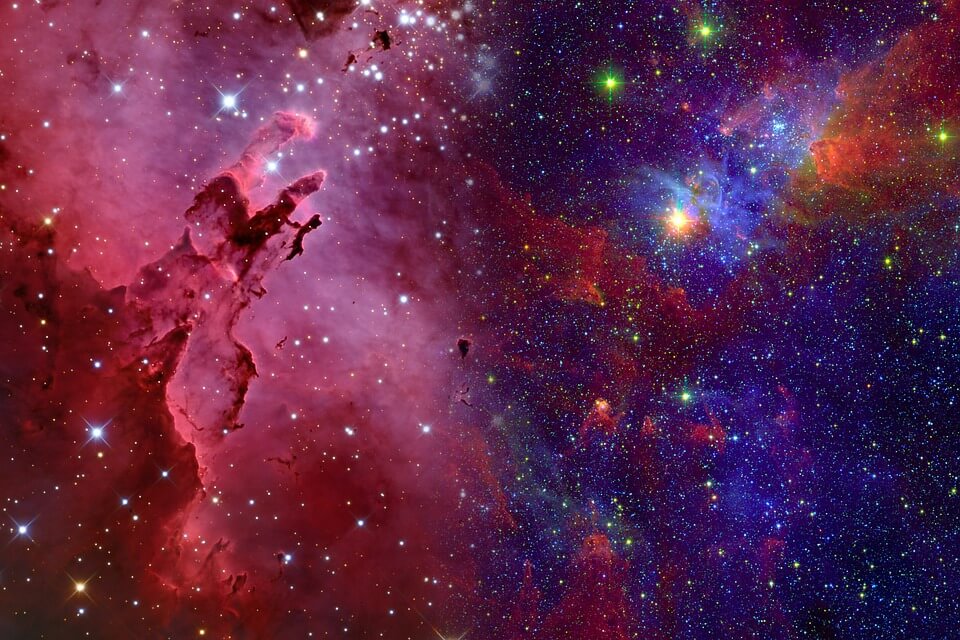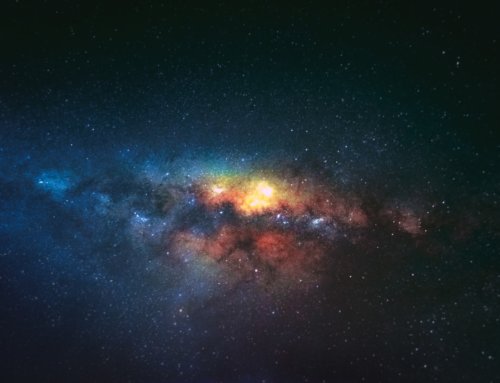However, the Universe has a cosmic speed limit that is even lower than the speed of light. The only real speed of light that scientists commonly refer to as 299,792,458 m/s is the speed that is achieved in a vacuum medium. This means that this speed was measured only when there was no medium of particles or fields to slow the speed down. This speed is also only achieved when the particles have absolutely no mass. This can be waves, photons, or gluons as far as science is aware of.
The reality is that there is no perfect vacuum. Even in space, there are things that influence the speed at which light travels. These particles are WHIM, or warm-hot intergalactic medium, CMB (cosmic microwave background), and CNB (cosmic neutrino background). Any light particle traveling through space will encounter these particles. When the energy particles with the highest energy and, therefore, speed in the universe are formed, they will originate from harsh conditions. These conditions are provided by high energies and strong fields like the ones present at black holes and neutron stars.
Because every charged particle must be limited in speed due to external factors in space, it will have a speed limitthat is always below the speed of light. The leftover glow that occurs in all of space after the Big Bang makes the intergalactic medium a place that does not allow cosmic rays to travel at their full potential.
That is why the particles in the Universe through which it expands have a speed limit that is not the speed of light. The value is lower than that and is determined by the energy from the Big Bang leftover glow. As the Universe is expanding and cooling, this speed limit will gradually rise and allow the particles to travel closer to the speed that light does. As long as a particle is made of matter, it will always have to adhere to the speed limit of the Universe.






